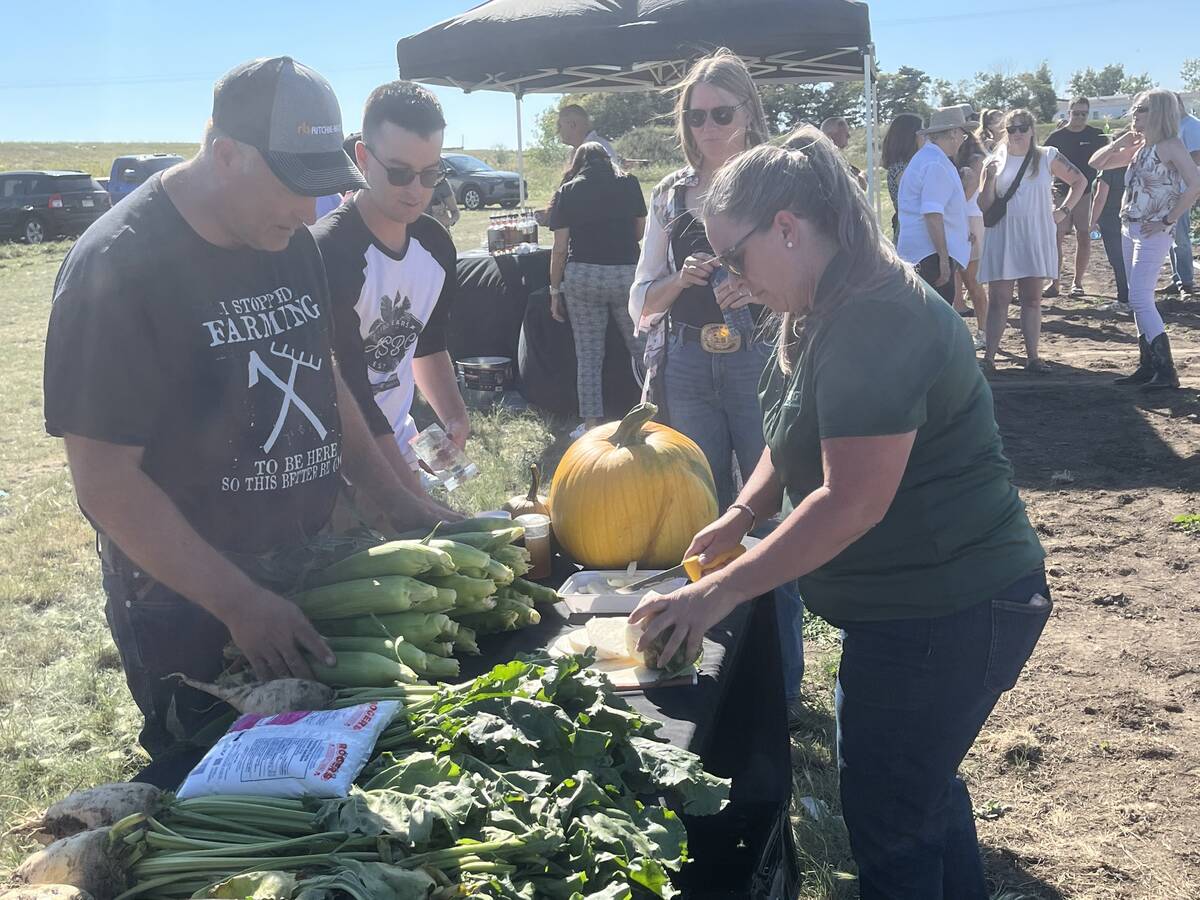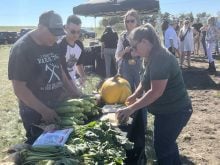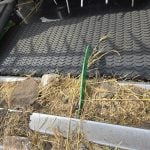Group says it withdrew support from the U of S program because it wants a level playing field for all pulse breeders
EDMONTON — Alberta Pulse Growers has pulled its funding from the University of Saskatchewan’s Crop Development Centre, and some of its members aren’t happy.
The organization announced its decision to cut $70,000 during its Jan. 27 annual meeting. The CDC is the main pulse research facility in Western Canada.
Withdrawing the funding means Alberta seed growers will no longer have access to the new varieties from the Saskatchewan breeding program.
“North of 70 percent of the varieties grown in Alberta comes from the CDC program,” seed grower Larry Penner of Three Hills, Alta., told the Alberta Pulse meeting.
Read Also

Alberta farm lives up to corn capital reputation
Farm to Table Tour highlighting to consumers where their food comes from features Molnar Farms which grows a large variety of market fruits and vegetables including corn, with Taber being known as the Corn Capital of Canada.
“I would like the board to respectfully reconsider this. This is not just a trivial matter. It is an important decision you’ve made.”
Penner said he didn’t hear about the decision until last month when another seed grower called him, wondering why he could no longer apply to receive breeder seed from the CDC.
A decision to end the funding was made in November but not formalized until the January meeting, when the decision was announced.
Fellow seed grower Ron Markert echoed Penner’s concerns.
“If we pull out of this program, we are asking the Saskatchewan producers to pay the full cost of genetic research in Western Canada,” said Markert, who farms near Vulcan, Alta.
“We all know the varieties that are grown, most of the peas and all of the lentils come out of that program.”
Alberta Pulse chair Allison Ammeter said withdrawing CDC funding was intended to encourage more research and not give it an unfair advantage over other plant breeders. The CDC does not charge royalties on the crops it develops.
“It really wasn’t about the money. This was more about principle and trying to do the right thing for the seed industry than it was about dollars and cents,” said Ammeter.
“We felt our participation contributed to an uneven playing field of the other pulse breeders.”
As well, she said the popularity of pulses in Saskatchewan often limited the amount of CDC breeder seed available to Alberta farmers. Only nine Alberta producers were able to buy breeder seed from the program last year, she added.
“In previous years, our contributions per acre were equal to Saskatchewan,” she said.
“Saskatchewan growers have got first dibs on all CDC seed choices, and Alberta seed growers have gotten the leftovers,” she said.
CDC funding is based on acres. Last year, Alberta seeded 1.8 million acres of pulses and paid $70,000 into the program, while Saskatchewan seeded 5.8 million acres and contributed $2 million.
Ammeter said her association’s funding contribution gave Alberta little influence on what varieties were developed or the amount of breeder seed available for Alberta.
Penner agreed it was difficult to pry more breeder seed out of the program but wanted the association to invest more money in the CDC’s breeding program rather than less.
Penner introduced a resolution at the Alberta Seed Growers Association’s recent annual meeting asking Alberta Pulse to reinstate the funding so growers could obtain breeder seed for this spring without interruption.
Penner said Alberta Pulse’s “idealist stance” to level the playing field, especially in light of UPOV 91, the international plant breeding standard that allows seed companies to collect royalties at any stage of production, will hurt more farmers than it helps. It will be years before UPOV 91 is ratified and put into place, he added.
“I don’t think it is up to Alberta to enforce,” he said. “It will delay newer varieties from getting into Alberta producers’ hands.”
Alberta farmers will still be able to receive the new varieties but two years later when they are foundation seed.
Markert said it is important for Alberta producers to have access to the latest varieties from the top research program in Western Canada.
“As soon as we oppose this, CDC will not supply any breeder seed to Alberta,” he said.
“When you consider the vast majority of peas and lentils grown in Western Canada come from that program, I don’t think we should be asking the Saskatchewan producer to pay the full cost. I, as an Alberta producer, feel like I am a freeloader on the system.”
Saskatchewan Pulse Growers chair Tim Wiens declined to comment, saying, “we view this as an APG issue.”
Ed Lefsrud, a seed grower from Viking, Alta., said the pulse varieties developed in Saskatchewan are more beneficial to his farm than pulse varieties developed at Agriculture Canada’s research facility in Lacombe, Alta.
“We really do have a lot in common with Saskatchewan.”
Alberta Pulse Growers has committed $2 million over the next five years to field-scale research.
Markert said he believes in the value of field scale agronomic re-search, but it doesn’t replace good scientific research.















